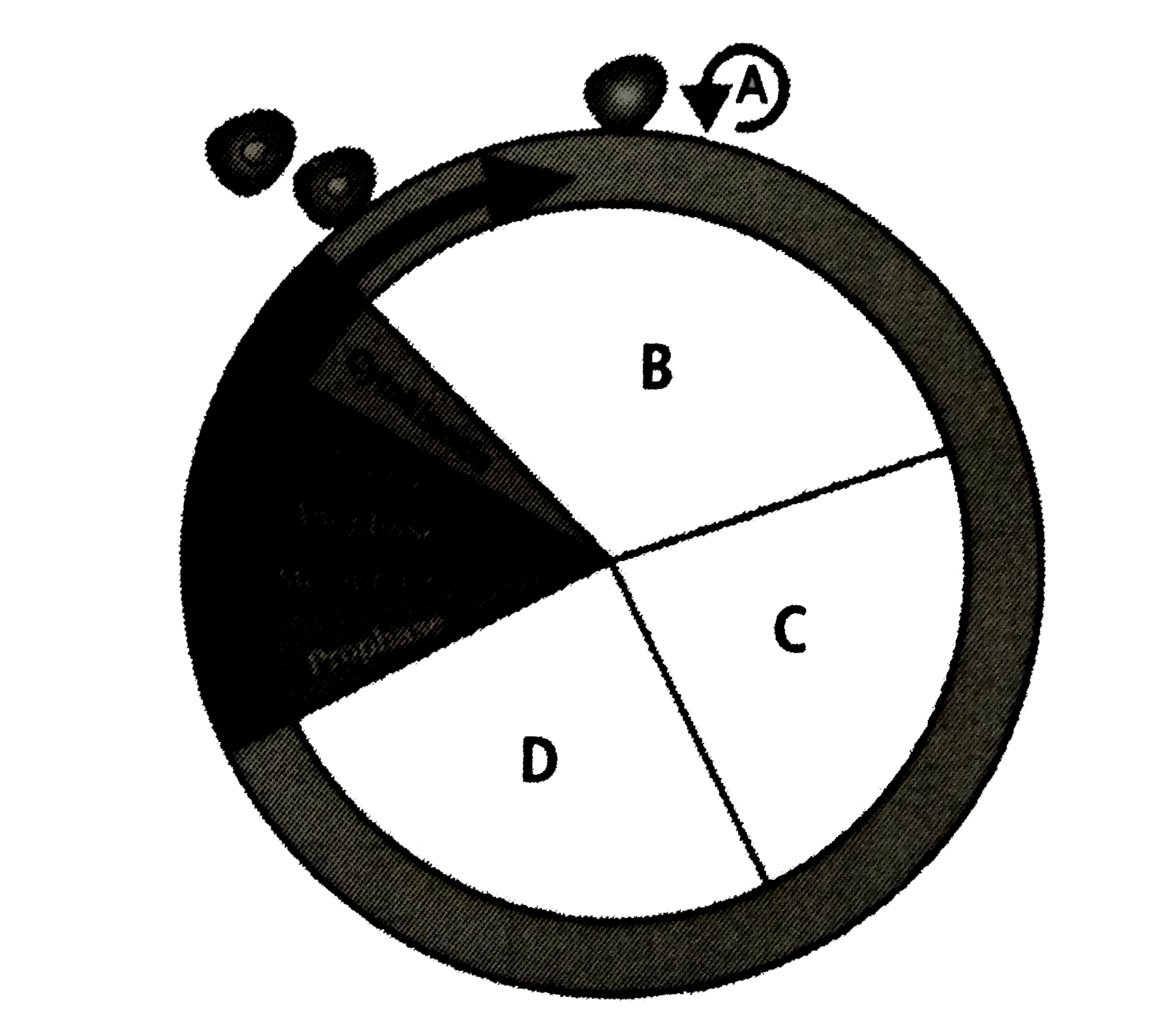Analyze the events occurring during every stage of the cell cycle, how the amount of DNA content (C) per cell changes and select the correct option.
DNA content becomes doubled during S phase of cell cycle
DNA content is reduced to half during anaphase
DNA content remain same during meiosis I
Both (a) and (b)
The correct Answer is:D
To analyze the events occurring during every stage of the cell cycle and how the amount of DNA content (C) per cell changes, we can break down the cell cycle into its main phases: Interphase (which includes G1, S, and G2 phases) and the Mitotic phase (M phase, which includes prophase, metaphase, anaphase, and telophase). Here’s a step-by-step explanation:
Step 1: Understand the Cell Cycle Phases
- Interphase: This is the phase where the cell spends most of its time and is divided into three sub-phases:
- G1 Phase (Gap 1): The cell grows and synthesizes proteins necessary for DNA replication. The DNA content is at 2C (where C represents the amount of DNA in a haploid cell).
- S Phase (Synthesis): DNA replication occurs, and the amount of DNA content doubles. At the end of this phase, the DNA content is 4C.
- G2 Phase (Gap 2): The cell continues to grow and prepares for mitosis. The DNA content remains at 4C.
Step 2: Analyze the M Phase
- M Phase (Mitosis): This phase is where the cell divides.
- Prophase: Chromatin condenses into chromosomes, and the DNA content is still 4C.
- Metaphase: Chromosomes align at the cell's equatorial plane, with the DNA content still at 4C.
- Anaphase: Sister chromatids are pulled apart to opposite poles of the cell. At this point, the DNA content effectively reduces to 2C per daughter cell as each chromatid is considered a separate chromosome.
- Telophase: The cell prepares to divide into two. The DNA content is still at 2C until the cell fully divides.
Step 3: Summary of DNA Content Changes
- G1 Phase: 2C
- S Phase: 4C (DNA replication occurs)
- G2 Phase: 4C
- M Phase:
- Prophase: 4C
- Metaphase: 4C
- Anaphase: 2C (as chromatids separate)
- Telophase: 2C (before cytokinesis)
Step 4: Evaluate the Options
1. DNA content becomes doubled during the S phase: Correct (DNA content goes from 2C to 4C).
2. DNA content reduced to half during anaphase: Correct (DNA content goes from 4C to 2C).
3. DNA content remains the same during meiosis one: Incorrect (DNA content does not remain the same; it reduces during anaphase of meiosis).
Conclusion
The correct options are 1 and 2.
---
- Interphase: This is the phase where the cell spends most of its time and is divided into three sub-phases:
- G1 Phase (Gap 1): The cell grows and synthesizes proteins necessary for DNA replication. The DNA content is at 2C (where C represents the amount of DNA in a haploid cell).
- S Phase (Synthesis): DNA replication occurs, and the amount of DNA content doubles. At the end of this phase, the DNA content is 4C.
- G2 Phase (Gap 2): The cell continues to grow and prepares for mitosis. The DNA content remains at 4C.
- M Phase (Mitosis): This phase is where the cell divides.
- Prophase: Chromatin condenses into chromosomes, and the DNA content is still 4C.
- Metaphase: Chromosomes align at the cell's equatorial plane, with the DNA content still at 4C.
- Anaphase: Sister chromatids are pulled apart to opposite poles of the cell. At this point, the DNA content effectively reduces to 2C per daughter cell as each chromatid is considered a separate chromosome.
- Telophase: The cell prepares to divide into two. The DNA content is still at 2C until the cell fully divides.
- G1 Phase: 2C
- S Phase: 4C (DNA replication occurs)
- G2 Phase: 4C
- M Phase:
- Prophase: 4C
- Metaphase: 4C
- Anaphase: 2C (as chromatids separate)
- Telophase: 2C (before cytokinesis)
1. DNA content becomes doubled during the S phase: Correct (DNA content goes from 2C to 4C).
2. DNA content reduced to half during anaphase: Correct (DNA content goes from 4C to 2C).
3. DNA content remains the same during meiosis one: Incorrect (DNA content does not remain the same; it reduces during anaphase of meiosis).
The correct options are 1 and 2.
Similar Questions
Knowledge Check
Chromatid-type breaks occur during the cell cycle in the
AS phaseBG1 phaseCG2 phaseDmitosisGlucose synthesis occurs during which stage of C3 cycle?
ACarboxylationBOxygenationCReductionDregeneration.In the given figure the durations of the events of the cardiac cycle are given. Identify these events and select the correct option.
 AABCAuricular systoleJoint diastoleVentricular systoleBABCVentricular systoleJoint diastoleAuricular systoleCABCVentricular systoleAuricular systoleJoint diastoleDABCJoint diastoleAuricular systoleVentricular systole
AABCAuricular systoleJoint diastoleVentricular systoleBABCVentricular systoleJoint diastoleAuricular systoleCABCVentricular systoleAuricular systoleJoint diastoleDABCJoint diastoleAuricular systoleVentricular systole
Analyse the events during every stage of cell cycle and notice how the following two parameters change
(i) Number of chromosomes (N) per cell
(ii) Amount of DNA content (C) per cell Answer
View SolutionIdentify A,B,C and D in the given diagram depicting cell cycle and select the correct option.

View SolutionAmount of DNA per diploid cell of man and its length is about
View SolutionThe synthesis of replisome takes place during which stage of the cell cycle ?
View SolutionThe given graph shows the change in DNA content during various phases (A to D) in a typical mitotic cell cycle. Identify the phases and select the correct option.

View Solution
